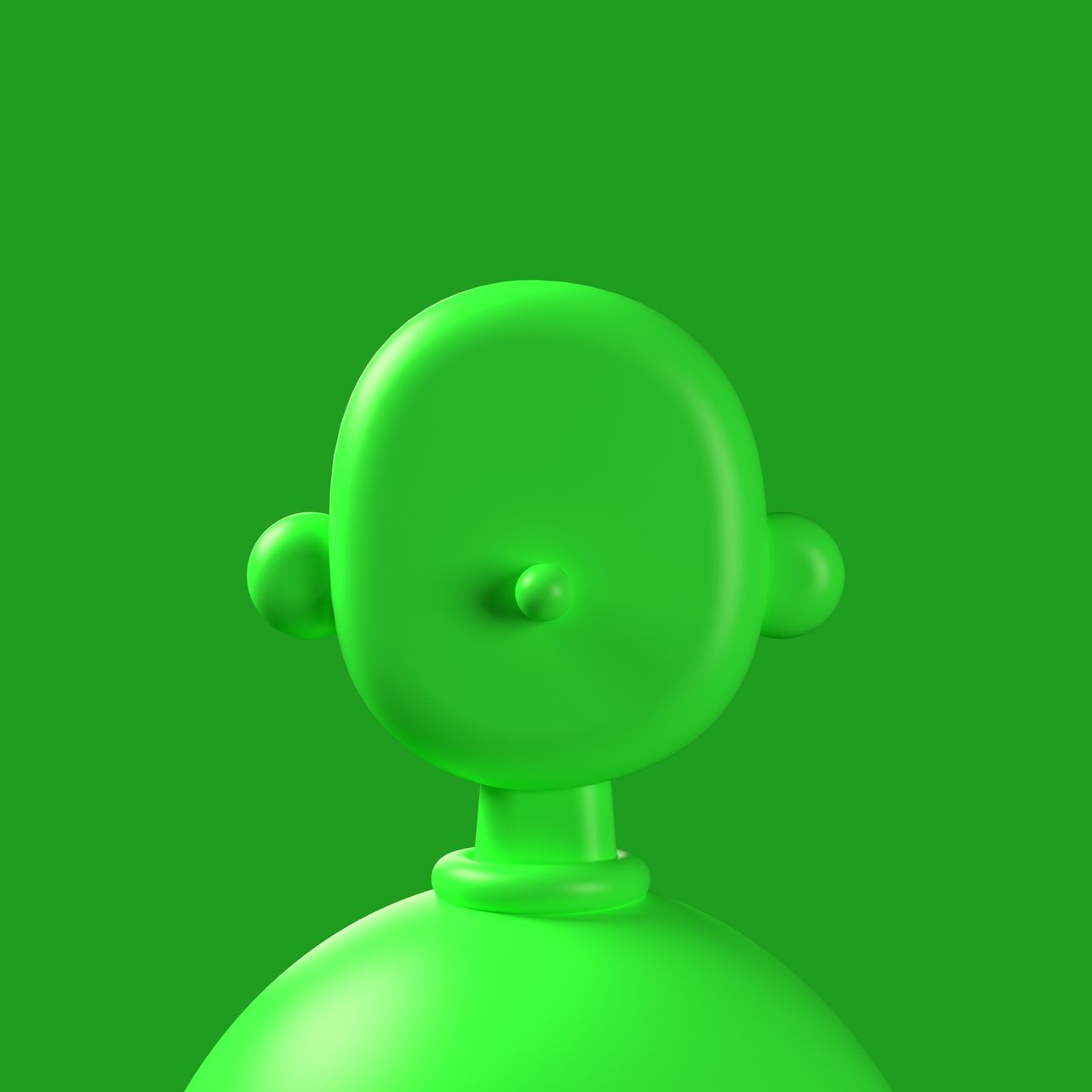- Legends
- Pages
- Confidence Types
The Six Confidence Types
One groundbreaking finding from our National Confidence Survey was that confidence most commonly takes one of six different shapes in kids.
We used a procedure called latent profile analysis to see if there were patterns in kids’ responses — and it turns out that there are six different groups of kids who tend to answer questions the same way.

In the chart above, each color represents one of the six types and how kids from that type scored across different aspects of confidence in the survey.
For example, the type represented by the pink line scored relatively high in growth mindset, but relatively low in self-kindness.
Let’s dive into the six different types to understand how confidence most commonly looks among kids ages 7-to-12.
We’ll name each type, indicate what percentage of kids have each type of confidence, and give a brief description of that type’s features and defining characteristics.

The Guardian (20%): About 1-in-5 kids are GUARDIANS, meaning they have a high growth mindset, but relatively low self-compassion. They know anyone can improve with effort and practice, but they take it particularly hard on themselves when things don’t go their way. Our job is to help Guardians learn how to treat themselves kindly so that they can become their own biggest cheerleader. That’s because negative self-talk will start to convince Guardians that they aren’t all that great, even though we know they’re Legends-in-the-making.

The Champion (29%): The largest group of kids are CHAMPIONS. They’ve got big dreams and a generally positive attitude toward themselves, but sometimes tricky challenges get in their way and it’s hard for them to pick themselves up when they get knocked down. Basically, sometimes they’re more confident in theory than in practice. Our job is to help Champions bounce back after a loss by recognizing how their strengths can help them and that things aren’t as bad as they seem. That way they can continue on their Legendary quest.

The Adventurer (13%): Adventurers have a good idea of who they are and the things they want to achieve – and in typical adventure fashion, compared to others they’re not too hard on themselves when things don’t go their way. Our job will be to help adventurers sharpen their skills so that they’re ready to take on whatever challenges come their way.

The Healer (6%): Healers know that everyone can become a Legend, but some kids just learn a bit differently or take a bit longer to get there. Healers care a lot, so it can be hard for them when they struggle. But everyone learns at their own pace, so our job will be to help Healers to believe in themselves, and give them the skills they need to follow their own Legendary journey.

The Sage (14%): Becoming a true Legend takes time, so Sages try to be patient with themselves when they hit a stumble or two. This group has a generally lower view of their confidence skills than most, and although they’re about as self-compassionate as other kids, their low-self concept is a hallmark feature of this type. Our job is to help them identify their strengths and give them the tools they need so that they can know themselves and believe in themselves more strongly.

The Dreamer (18%): This group has big dreams for themselves and they have a good sense for the things that make them feel happy and satisfied. They have a particularly high sense of purpose – it’s actually their highest scoring category, but it’s not always easy for them to be the Legendary version of themselves they imagine. Our job will be to give them the skills they need to make their dreams a reality.
